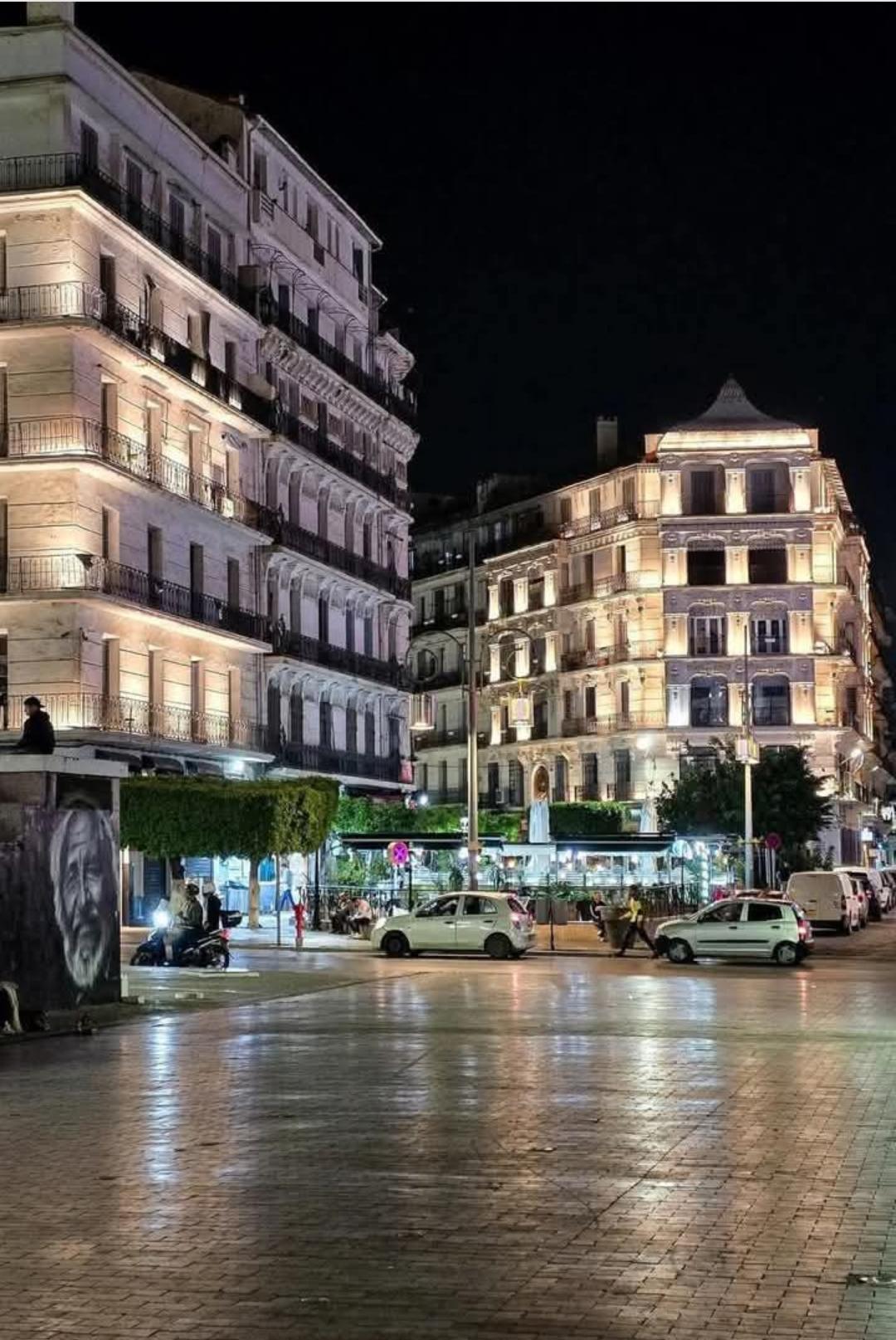Hydrocarbures : L’Algérie relance les appels d’offres internationaux, une première depuis plus de dix ans
L’Algérie fait son grand retour sur la scène énergétique internationale. Pour la première fois depuis plus d’une décennie, le pays a lancé un appel d’offres international pour l’exploration et l’exploitation des hydrocarbures, une initiative largement saluée par la revue spécialisée Middle East Economic Survey (MEES).
Baptisée "Algeria Bid Round 2024", cette opération est pilotée par l’Agence nationale pour la valorisation des ressources en hydrocarbures (Alnaft). Elle s’inscrit dans une nouvelle stratégie quinquennale qui vise à dynamiser l’exploration pétrolière et gazière et à moderniser le secteur.
Les premiers résultats sont encourageants : 37 entreprises internationales ont exprimé leur intérêt, dépassant les attentes initiales. Des compagnies venues d’Europe, d’Asie, d’Amérique du Nord et du Moyen-Orient, dont des acteurs du Qatar et du Sultanat d’Oman, ont répondu présentes.
Six zones d’exploration, parmi lesquelles Grand M’Zaid, Ahara et Reggane II, sont proposées. Elles représentent un potentiel de 400 milliards de m³ de gaz et une hausse possible de 20 milliards de m³ de production annuelle.
L’Algérie ne compte pas s’arrêter là : un second appel d’offres, prévu pour octobre 2025, proposera de nouvelles zones d’exploration. Ce retour aux appels d’offres internationaux marque une volonté affirmée d’attirer les investissements étrangers et de consolider la position de l’Algérie sur le marché énergétique mondial.
🇩🇿 Hydrocarbures : L’Algérie relance les appels d’offres internationaux, une première depuis plus de dix ans
L’Algérie fait son grand retour sur la scène énergétique internationale. Pour la première fois depuis plus d’une décennie, le pays a lancé un appel d’offres international pour l’exploration et l’exploitation des hydrocarbures, une initiative largement saluée par la revue spécialisée Middle East Economic Survey (MEES).
Baptisée "Algeria Bid Round 2024", cette opération est pilotée par l’Agence nationale pour la valorisation des ressources en hydrocarbures (Alnaft). Elle s’inscrit dans une nouvelle stratégie quinquennale qui vise à dynamiser l’exploration pétrolière et gazière et à moderniser le secteur.
Les premiers résultats sont encourageants : 37 entreprises internationales ont exprimé leur intérêt, dépassant les attentes initiales. Des compagnies venues d’Europe, d’Asie, d’Amérique du Nord et du Moyen-Orient, dont des acteurs du Qatar et du Sultanat d’Oman, ont répondu présentes.
Six zones d’exploration, parmi lesquelles Grand M’Zaid, Ahara et Reggane II, sont proposées. Elles représentent un potentiel de 400 milliards de m³ de gaz et une hausse possible de 20 milliards de m³ de production annuelle.
L’Algérie ne compte pas s’arrêter là : un second appel d’offres, prévu pour octobre 2025, proposera de nouvelles zones d’exploration. Ce retour aux appels d’offres internationaux marque une volonté affirmée d’attirer les investissements étrangers et de consolider la position de l’Algérie sur le marché énergétique mondial.


·10457 Views










